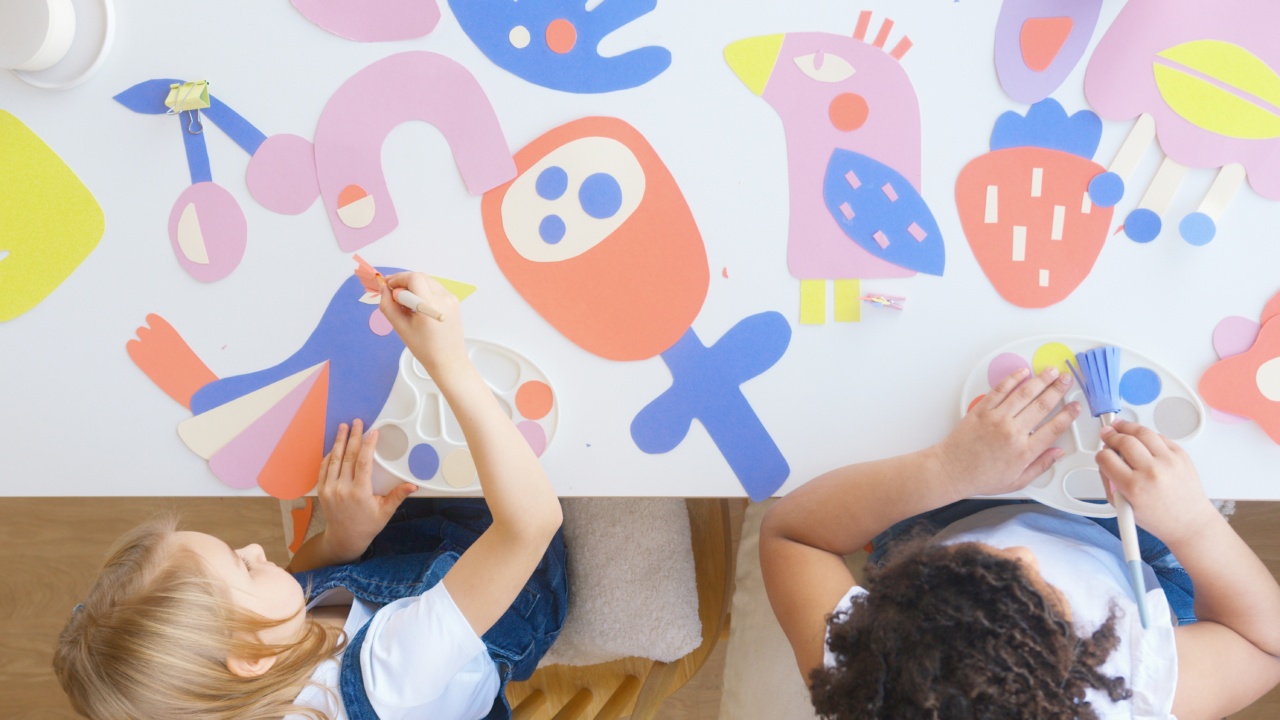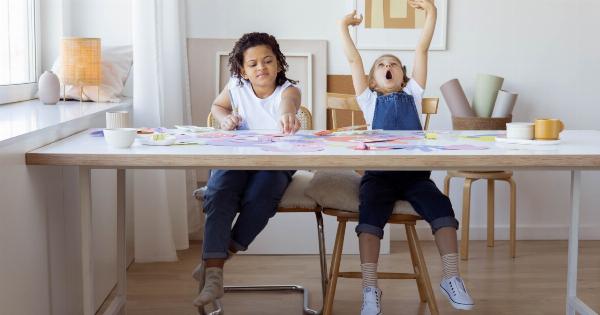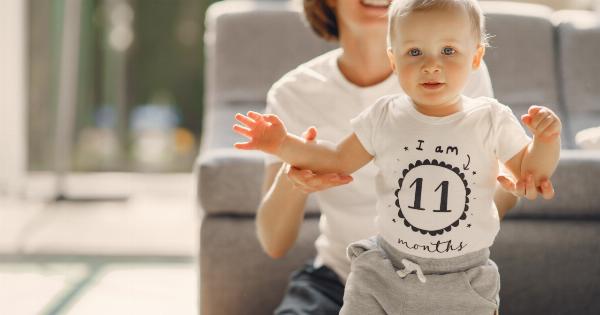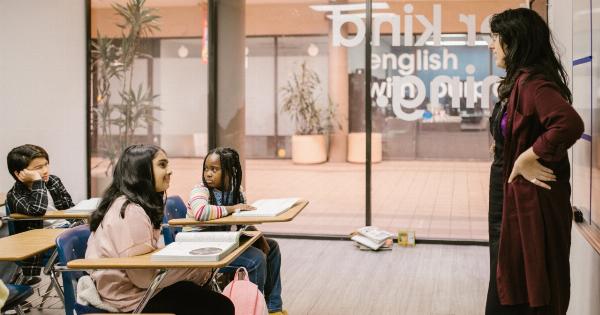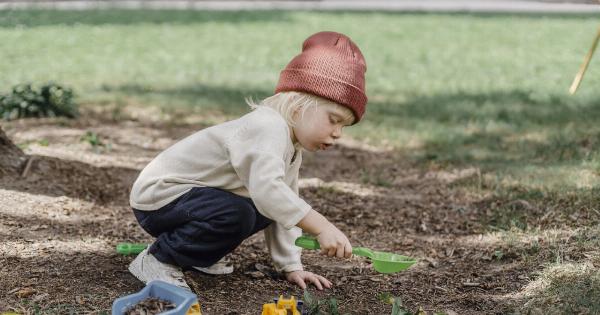As parents and educators, we are always striving to provide the best learning experiences for our children.
In recent years, there has been growing interest in the concept of playful learning, which combines the power of play with educational elements to foster a holistic development of children’s minds. Through playful learning, children not only gain knowledge and skills but also develop essential social, emotional, and cognitive abilities.
In this article, we will explore how playful learning can enrich children’s minds and provide them with a solid foundation for lifelong learning.
The Importance of Play in Learning
Play is a natural and intrinsic activity for children. It is through play that they explore the world, experiment, and make sense of their experiences. Playful learning harnesses this innate drive and channels it towards educational objectives.
By infusing learning activities with elements of play, children become more engaged, motivated, and active participants in their own learning.
Playful learning provides children with a safe and supportive environment where they can take risks, make mistakes, and learn from them. It encourages their natural curiosity, creativity, and problem-solving skills.
Instead of being passive recipients of information, children actively construct their own knowledge through hands-on experiences and self-directed play.
Benefits of Playful Learning
Playful learning offers numerous benefits that go beyond traditional teaching methods. Here are some of the key advantages:.
1. Active Engagement:
Playful learning promotes active engagement by capturing children’s attention and keeping them actively involved in the learning process.
When children are engaged, they are more likely to retain information and develop a deeper understanding of the concepts being taught.
2. Holistic Development:
Through playful learning, children’s minds are enriched in multiple dimensions. They develop not only academically but also socially, emotionally, and physically.
Playful learning encourages the development of skills such as communication, collaboration, problem-solving, critical thinking, and creativity – all of which are vital for success in the 21st century.
3. Long-Term Retention:
By associating learning with enjoyable experiences, playful learning helps to enhance long-term retention. When children are actively engaged and having fun, they are more likely to remember what they have learned and apply it in different contexts.
This leads to a deeper and more meaningful understanding of the subject matter.
4. Motivation and Love for Learning:
Playful learning taps into intrinsic motivation, making learning an enjoyable and rewarding experience. When children are having fun, they are more motivated to explore and engage with new ideas and concepts.
This sets the stage for a lifelong love of learning.
How to Incorporate Playful Learning into Children’s Lives
Now that we understand the benefits of playful learning, let’s explore some practical ways to incorporate it into children’s lives:.
1. Hands-On Experiments and Activities:
Engage children in hands-on experiments and activities that allow them to explore and learn through direct experience. This could include science experiments, art projects, building with blocks, or engaging in dramatic play.
2. Games and Puzzles:
Introduce educational games and puzzles that encourage critical thinking, problem-solving, and decision-making skills.
Whether it’s board games, card games, or digital games, choose ones that align with the learning objectives and provide a playful context for learning.
3. Role-Playing and Pretend Play:
Encourage role-playing and pretend play, as it allows children to create imaginary worlds, develop narratives, and explore different perspectives. This type of play promotes creativity, imagination, and language development.
4. Outdoor Exploration:
Take learning outdoors by organizing nature walks, trips to museums, or visits to local parks. Outdoor exploration provides children with opportunities to observe, ask questions, and discover the wonders of the natural world.
5. Storytelling and Imaginative Play:
Read stories aloud to children and encourage them to retell or recreate the stories using props, puppets, or their imaginations. Storytelling and imaginative play help develop language skills, narrative thinking, and emotional intelligence.
6. Collaborative Projects:
Promote collaborative learning by encouraging children to work together on projects or group activities. This fosters communication, teamwork, and respect for different perspectives.
7. Technology as a Tool:
While excessive screen time can be detrimental, technology can also be a valuable tool for playful learning.
Educational apps, interactive websites, and multimedia resources can enhance learning experiences and provide additional opportunities for practice and exploration.
Implementing Playful Learning in Educational Settings
Playful learning can also be integrated into formal educational settings such as preschools and schools. Here are some strategies that educators can employ:.
1. Play-Based Curriculum:
Design a curriculum that incorporates play as an essential component of learning. Provide a variety of play-based activities that align with the curriculum objectives and encourage children to explore, discover, and inquire.
2. Flexible Learning Spaces:
Create flexible learning spaces that allow for different types of play and learning activities. Provide a balance between quiet areas for individual reflection and group spaces for collaborative projects.
3. Open-Ended Materials:
Offer open-ended materials such as blocks, loose parts, and art supplies that stimulate creativity, imagination, and problem-solving. These materials allow children to engage in self-directed play and explore their own interests and ideas.
4. Scaffolding and Facilitation:
Teachers can provide scaffolding and facilitation during play to support children’s learning and extend their thinking.
By asking open-ended questions, providing prompts, and offering guidance when needed, educators can enhance the learning experience.
5. Reflection and Documentation:
Encourage reflection and documentation of children’s learning experiences. This can be done through photographs, videos, journals, or portfolios.
Reflecting on their own learning helps children make connections, develop metacognitive skills, and become more aware of their progress.
Conclusion
Playful learning is a powerful approach to enriching children’s minds and fostering their holistic development. By blending playfulness with educational elements, children become active participants in their own learning journey.
Through hands-on experiences, collaboration, and creative exploration, they develop essential skills, knowledge, and a lifelong love for learning. As parents and educators, it’s important to embrace the power of playful learning and provide children with opportunities to engage, imagine, and grow.
